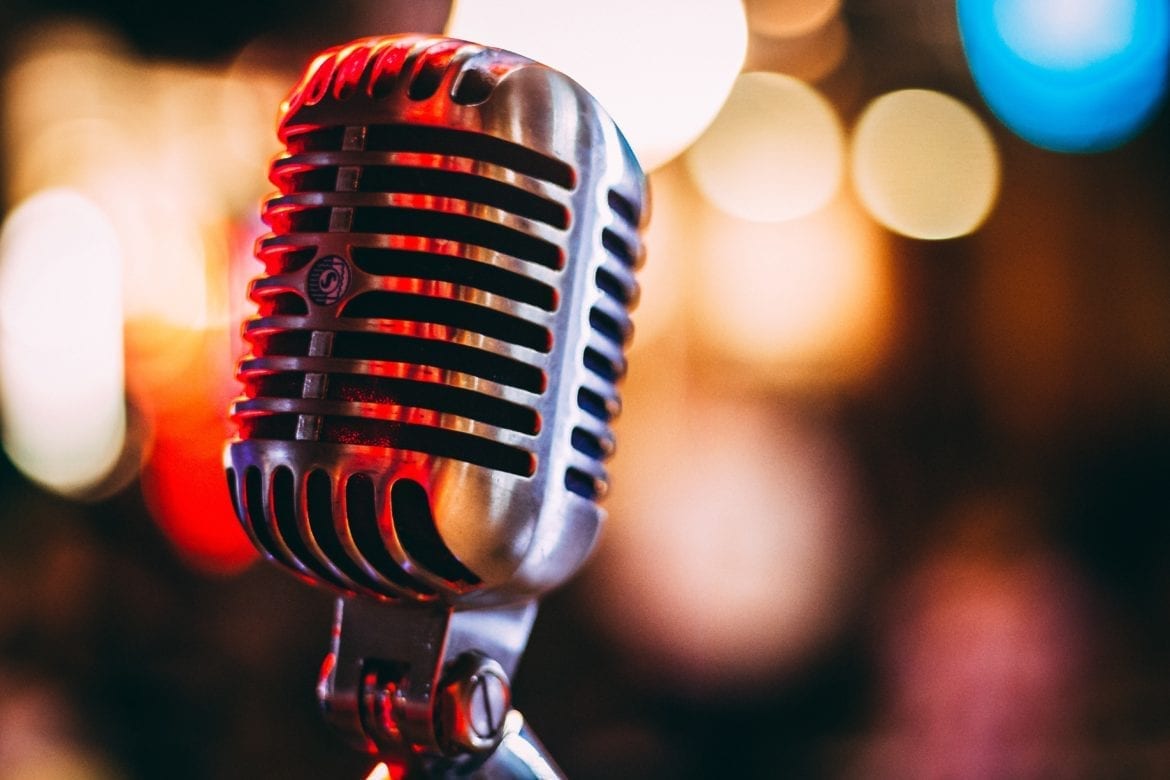|
Getting your Trinity Audio player ready...
|
There’s plenty of interest in getting started with podcasting. The tools and workflow may seem daunting, but everything’s a little easier when you have a community of generous podcasters to lean on for advice. These tips were shared on one of our chat groups, lightly edited for this tip sheet.
Niki Torres
Chief Best Friends
Singapore
Definitely invest in a good mic. I recommend the mic that I currently use, which is in the medium range. It’s the Audio-Technica ATR2100. It’s good in that it only picks up my voice. No need for blankets ?
It comes with a USB cable (hooks directly to your laptop) and an XLR cable (if you want to connect it to an audio interface that then connects to your laptop). Also important is a pop filter or a foam to make sure it doesn’t pick up your plosives (the air that you produce when you say these sounds: p, t, d, etc).
I started with these ☝?. Just a mic and my laptop, though the audio interface isn’t needed if you’re just recording solo or your guests are in remote places and you’re recording online.
For software and recording guests, you can use Zencastr (free for up 2 guests) or there’s also a Skype hack with Call Recorder (from Ecamm) that allows you to record calls and split the tracks. Audacity (free) to record and edit your podcast.
I work with a sound editor to edit my podcast, which is a life saver since it’ll probably take me twice as long to edit them out. ?
Kris Lawson
Lawson Media
Australia
My recommendation is that you invest in a good but inexpensive mic like the Rode Procaster or Rode Podmic, and a portable recorder like a Zoom or Tascam recorder. Any XLR mic will give you better audio than a USB option. That said, Rode also make a Podcaster USB mic which isn’t too bad.
In terms of editing software, you should consider Hindenburg Journalist as its relatively inexpensive, easy to learn, and has everything you need to make a great show. You can also use free software like Audacity, although I strongly recommend Hindenburg as it has a lot more features.
In terms of hosting, Simplecast is cheap and reliable. Also there’s companies like Whooshkaa which offer free hosting and are IAB compliant. Also Omny Studio are good if you’re after something with more features.
I can say acoustic foam can be had relatively cheaply and if you use 3M tabs you can stick them to your wall and easily remove without damaging it. Really helps for killing sound reflections.
Carljoe Javier
Puma Podcast
Philipines
I started using Hindenburg and it has drastically increased my editing speed and quality. So seconding that recommendation.
To add onto the blanket, a suit jacket is a great option for drowning out sound if you’re just recording your own voice and need something in a pinch.
I’ve pretty much got the same advice as the previous comments. Going to add on for editing software, if you have an iPad Pro, Ferrite is a really good recording and editing option. And it’s considerably cheaper than the desktop pro options. You can also use an Apple Pencil to edit, making it more intuitive
For mobile setups, we use Zoom mics. Might be a pricey option, but you get really good audio quality out of it.
The best way to really understand what you need is to not make something that’s not intended for publication/audience consumption at the start.
Grab a friend, do an interview; or write out your script and record it with whatever you have. Then try and edit it yourself. And then upload it somewhere free (like SoundCloud) just to see how it’s all done.
Doing every part of the process helps you identify the failure points, what’s easy for you, what’s hard, what you need to invest better gear in, what you need help with. Technically, if you have a smartphone you have everything you need to actually do it.
Once you’ve done one, you’ll understand all the points for improvement.
Then you can work on the other stuff like making your content more interesting, or reaching your audience, or making really cool layered audio soundscapes.
By Alan Soon, Splice
Republished with kind permission of Splice: reporting on the transformation of media in Asia



